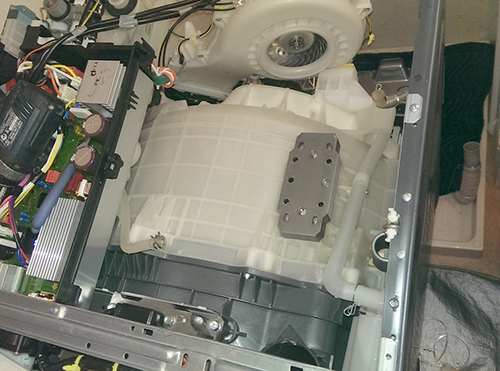Mastering the Essentials of PLC Code
페이지 정보
작성자 Caroline 작성일 25-10-25 03:46 조회 4 댓글 0본문
Industrial controllers are the foundation of modern industrial automation. They are rugged computers engineered to control machines and processes in manufacturing plants, energy facilities, and other challenging environments. Unlike standard computers, PLCs are built to endure extreme conditions such as thermal extremes, particulate matter, and electrical noise. Comprehending the fundamentals of PLC programming is essential for anyone involved in assembly, repair, or 派遣 スポット automation.

At its essence, PLC programming is the process of defining control sequences that dictate how the controller responds to inputs and controls outputs. Inputs are signals from field devices—such as a limit trigger or a temperature sensor reading. Actuator commands are the actions the PLC initiates, like turning on a motor, releasing fluid, or illuminating a lamp. The PLC continuously scans its inputs, processes the program, and modifies the outputs in a endless loop, typically every few milliseconds.
The dominant language for PLC programming is LD. It was created to resemble traditional control circuits, making it intuitive for maintenance staff. Ladder Logic uses rungs, each representing a logical condition. On each rung, elements represent contacts and coils. For instance, a open switch symbol might indicate a push button, while a coil might represent a relay. When the input is activated, the circuit is completed, causing the motor to turn on.
Another popular programming method is FBD, which employs visual modules to represent processes such as delays, accumulators, or algebraic calculations. These blocks are wired with lines to illustrate the information transfer. Structured Text is a procedural language based on Pascal or C, ideal for complex calculations. Instruction List and SFC are also applied in particular scenarios, especially when managing step-by-step processes.
When writing a PLC program, strategic design is imperative. Begin by listing all I. Then, outline the control flow. Always include comments to clarify what each section of the program does. Thorough documentation significantly eases maintenance later. Be sure to simulate the program in a controlled environment before installing it on the production line. Many PLCs come with native virtual test environments that allow you to debug logic without connecting to physical devices.
One common mistake is assuming the program will function perfectly the initial attempt. Field conditions—such as input latency, electrical interference, or physical fatigue—can degrade performance. That’s why adding protective mechanisms is essential: emergency stops, duration limits, and fault detection. Failover protocols and robust error handling are vital to dependable operation.
PLC programming is not merely about writing code; it’s about mastering the process you’re automating. A skilled programmer works hand-in-hand with designers, maintenance crews, and shift workers to ensure the system operates safely and efficiently. As industries transition toward intelligent manufacturing and the connected factory ecosystem, PLCs are becoming network-capable and more capable. Building proficiency in the fundamentals now prepares you for advanced systems in the future.
Start by training with a simulator or a educational controller. Many suppliers offer trial versions and learning guides. As you develop expertise, you’ll learn how to organize logic efficiently, diagnose errors effectively, and design systems that are both durable and easy to maintain. The basics of PLC programming may appear straightforward at first, but mastering them opens the door to a broad spectrum of rewarding technical careers.
- 이전글 Sex-related Health And Wellness After Childbirth: What To Anticipate And Exactly How To Reconnect
- 다음글 ❖룰라행복.com❖롤솔랭토토첫충아영프롬플레이이사디하우스
댓글목록 0
등록된 댓글이 없습니다.



